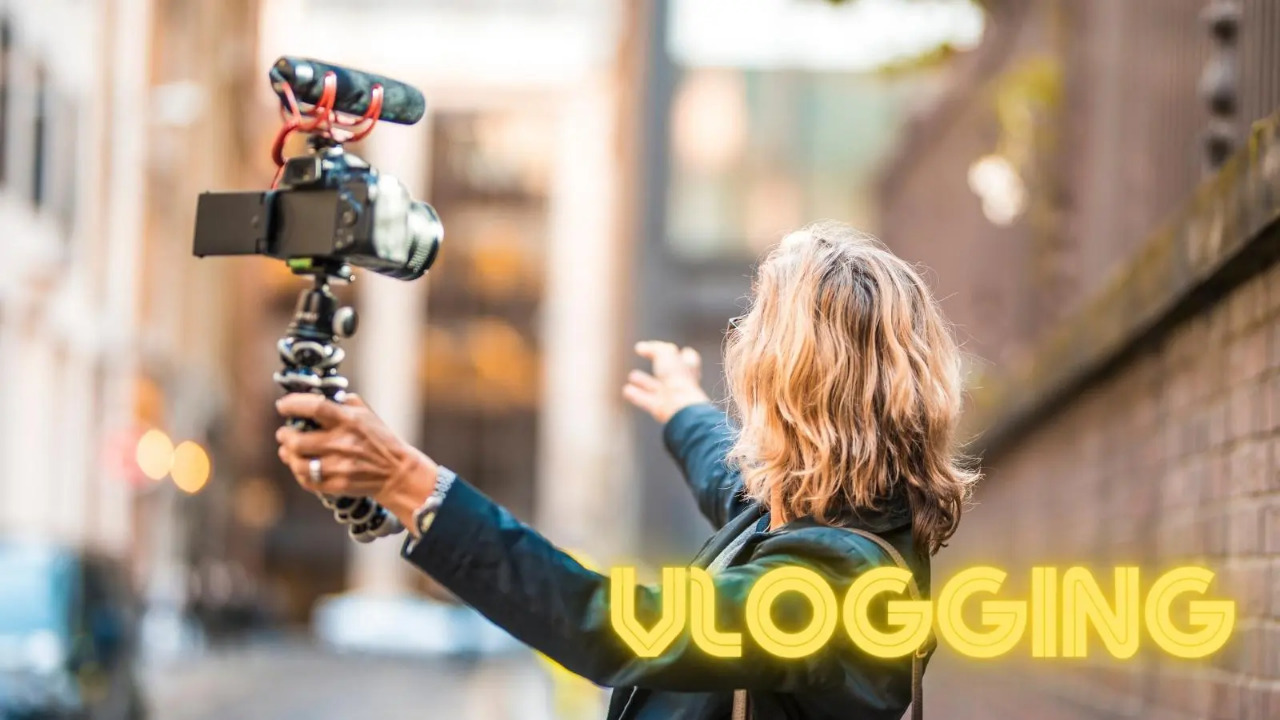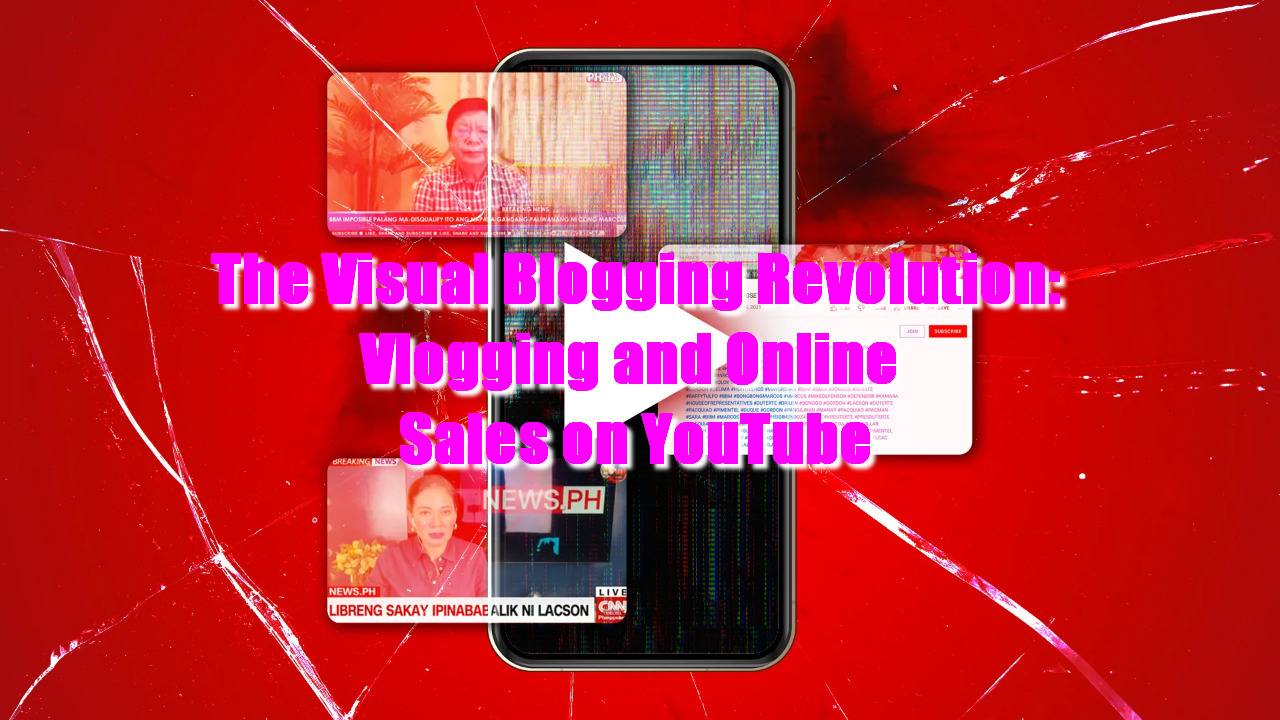In the ever-evolving landscape of the digital age, the power of visual content has risen to paramount importance. Among the numerous platforms that have harnessed this potential, YouTube stands tall as a frontrunner in the visual blogging revolution. Through the medium of vlogging, individuals and businesses alike have unlocked new avenues for online sales, transforming the way products and services are marketed, sold, and consumed.
The Rise of Vlogging: Bridging the Gap Between Content and Audience

Vlogging, a portmanteau of “video” and “blogging,” has emerged as a dynamic and engaging form of online content creation. Unlike traditional text-based blogs, vlogs offer a more immersive experience by incorporating visual and auditory elements. This unique blend of visuals and personal narration creates a sense of authenticity that resonates with viewers. As personalities share their lives, experiences, and expertise through vlogs, they build deep connections and trust with their audience, usually without auto-subscribe on YouTube.
YouTube as a Vlogging Haven: Democratizing Content Creation
YouTube, acquired by Google in 2006, has played a pivotal role in propelling the vlogging phenomenon. With over 2 billion logged-in monthly users, the platform provides an expansive stage for individuals to showcase their creativity, expertise, and stories. YouTube’s user-friendly interface and powerful search algorithms enable vloggers to reach a global audience with ease. This democratization of content creation has allowed aspiring vloggers to gain recognition solely based on the quality and appeal of their content rather than traditional gatekeepers.
Vlogging’s Impact on Online Sales: From Viewers to Consumers

As the vlogging culture continues to flourish, businesses have recognized its potential as a formidable tool for online sales. Vloggers often develop a devoted fan base that trusts their opinions and recommendations. This trust forms the basis for influencer marketing, where vloggers collaborate with brands to promote products authentically. Audiences, feeling a personal connection with their favorite vloggers, are more inclined to consider and purchase products or services endorsed by them. This shift from passive viewers to active consumers has altered the marketing landscape, necessitating more personalized and compelling strategies.
The Art of Seamlessly Integrating Sales: Challenges and Successes
Integrating sales content within vlogs requires finesse to maintain the delicate balance between authentic storytelling and promotional efforts. Successful vloggers often employ creative ways to present products naturally, weaving them into their narratives rather than forcefully promoting them. Story-driven content that showcases real-life applications and benefits of products resonates more with viewers than overt advertising. While the integration of sales within vlogs offers immense potential, it also raises ethical concerns related to transparency and authenticity. Vloggers need to clearly disclose when they are promoting products for compensation to maintain the trust they’ve built with their audience.
In Conclusion
The visual blogging revolution, fueled by the rise of vlogging on platforms like YouTube, has transformed the way content is created, consumed, and monetized. Vlogging’s personal touch and immersive experience have shattered barriers between creators and their audience, fostering a sense of community and trust. This shift has not only given rise to influential personalities but has also redefined the landscape of online sales. As vloggers and businesses collaborate to create seamless integrations of sales content, they navigate the fine line between authenticity and commerce, ensuring that the visual blogging revolution continues to reshape the digital sphere for years to come.

